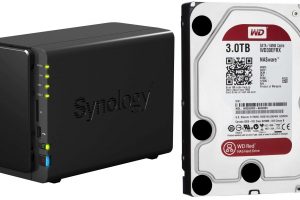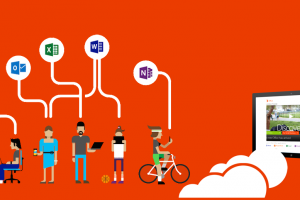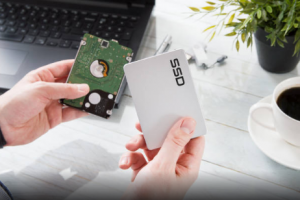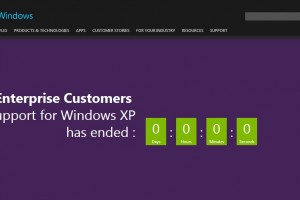Chromebooks and normal laptops are two very different beasts. Because Chromebooks run Google’s Chrome operating system, they have a reputation for being lightweight, easy to use and affordable devices.
Windows and macOS laptops are more likely to be more expensive and heavier than Chromebooks, but they offer more versatility. Here’s what you need to know about the key differences between Chromebooks and Windows laptops.
Chromebooks vs normal laptops: Operating system
Chrome OS and Windows are operating systems that power computers, smartphones, tablets and other devices. They both use apps to let you do different things on your computer — like write emails or play games — but they’re not the same thing.
Chromebooks run on Google’s Chrome OS, based on Linux and use the Chrome web browser as its primary interface. Google designed Chromebooks to be used primarily while connected to the internet. If you have an internet connection, you can access most of your files from Google Drive.
You will often find Chrome OS on low-cost notebooks marketed toward students or those who want a simple device for browsing the internet or checking email. However, it also appears in more expensive models such as the Chromebook Pixel, which was designed for power users who want something that can handle heavier workloads than most other Chromebooks.
Windows is a popular operating system for computers, created by Microsoft Corporation and is compatible with multiple devices. Windows laptops are designed for more than just web browsing — they can also run thousands of apps available through Microsoft’s app store. These include popular programs like iTunes, Spotify and AutoCAD.
Chromebooks vs normal laptops: Price
Chromebooks are much cheaper than laptops running Windows 10 or macOS because they’re simpler devices that don’t need much processing power or RAM (random access memory). You can buy a brand new Chromebook for as little as $300, while a laptop running Windows 10 or macOS will set you back at least $600 — sometimes even more than that!
The difference in storage space
Chromebooks have limited storage space, with most models coming with only 16GB or 32GB of space. Chromebooks are built to store most of their data in the cloud, so they have limited storage space. On the other hand, laptops have more storage space, typically at least 100GB of onboard storage, but many models come with much larger storage.
Laptops are better suited than Chromebooks if you need to store large files like movies or audio recordings.
Related Articles:
- How to run Chrome OS Flex on Windows PC or MacBook
- What is Chrome OS, and should you get Chromebooks instead of a PC
- Android tablets are dead. Say hello to Chrome OS tablets
Security and Maintenance
One of the biggest differences between Chromebooks and traditional PCs is security. Chromebooks have built-in virus protection and aren’t susceptible to malware. They can also be automatically updated with new features and security patches without you having to do anything. This means that you’ll always have the latest version of Chrome OS running on your device, which is great for productivity.
Many normal laptops come preinstalled with bloatware from their manufacturers and require constant maintenance to keep them running smoothly. They are also more susceptible to viruses, making installing an antivirus program on your machine necessary.
Apps and Extensions
Chromebooks are web-centric devices, so they don’t come with the same apps and extensions as normal laptops. Chromebooks run on Chrome OS, a lightweight operating system that only runs web/android apps. There’s no way to install traditional Windows or Mac applications on a Chromebook.
In contrast, Windows 10 laptops let you download and install any app from the Windows Store or elsewhere on the internet.
Chromebooks vs normal laptops: Performance
Chromebooks are designed to be fast and efficient when using Chrome OS, but they’re less powerful than your average laptop running Windows 10 or macOS Sierra. That means they can’t run demanding applications such as Photoshop or Adobe Premiere Pro CC without lagging or crashing altogether.
Chromebooks have lower-end processors than other laptops. A mid-range Chromebook might have an Intel Celeron N3350 or Pentium N4200 processor — both are low-power chips designed for light tasks like surfing the web and watching videos. They’re good enough for basic productivity tasks like writing in Google Docs but not much else.
Windows and Mac laptops typically come with faster processors: an Intel Core i3 or i5 processor for Windows machines and an Apple A11 Bionic chip in MacBooks (or even more powerful options if you get a high-end model). These processors can handle more demanding software like video editing programs and 3D games without breaking a sweat.
In conclusion, Chromebooks have most of the features of a typical laptop, with a few differences. Chromebooks are primarily designed to be used while connected to the internet, and they run a browser-based operating system called Chrome OS.












